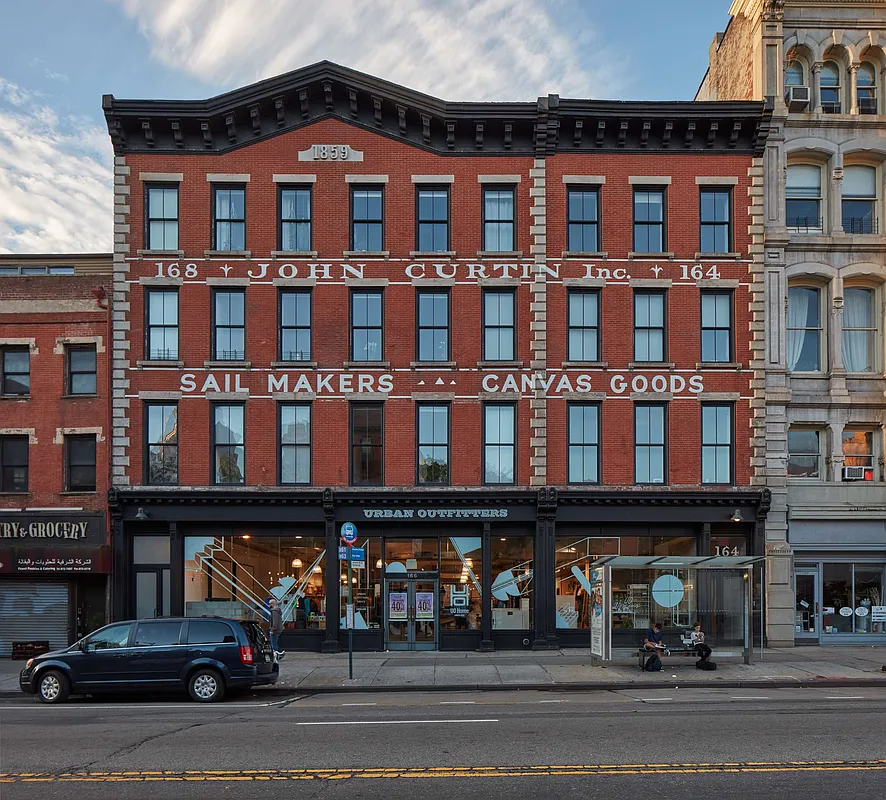
Introduction
The concept of an ‘avenue’ extends beyond mere roadways; it embodies the social, economic, and cultural spirit of urban spaces. Avenues serve as vital arteries that connect neighborhoods, promote commerce, and foster community interactions. In recent years, urban planners and city officials have increasingly recognized the importance of designing and revitalizing avenues to enhance livability in cities across Canada.
Recent Developments in Urban Avenues
Urban avenues have become focal points for development and revitalization efforts. Cities like Toronto and Vancouver have seen significant investments aimed at enhancing their major thoroughfares. For instance, the ongoing transformation of Yonge Street in Toronto into a more pedestrian-friendly zone has captured attention. These initiatives often include wider sidewalks, dedicated bicycle lanes, and improved public transport access, ultimately aimed at reducing traffic congestion and enhancing community engagement.
The Economic Impact of Avenues
Economically, avenues are crucial for local businesses. Studies indicate that well-designed avenues can increase foot traffic, which is beneficial for storefronts and restaurants. According to the Canadian Urban Institute, a vibrant avenue can lead to a 20% increase in business revenue due to higher visibility and accessibility. Moreover, municipalities frequently use avenues to host community events, markets, and festivals, thereby stimulating local economies.
Green Avenues and Sustainability
In the context of climate change and sustainability, many cities have embraced the concept of green avenues. Initiatives include planting trees, creating green spaces, and incorporating sustainable materials into the infrastructure. A report from Environment and Climate Change Canada emphasized that urban greenery not only improves air quality but also enhances residents’ mental well-being. Local governments are now focusing on making avenues more eco-friendly to combat urban heat and promote biodiversity.
Conclusion
Avenues will continue to play a pivotal role in shaping the urban landscape. As urbanization accelerates, the demand for well-planned, multifunctional avenues will grow. These public spaces are vital for fostering community life, boosting local economies, and promoting sustainable practices in cities. For residents, understanding the importance of avenues can lead to active participation in local urban planning initiatives, ensuring that these spaces meet community needs effectively.



